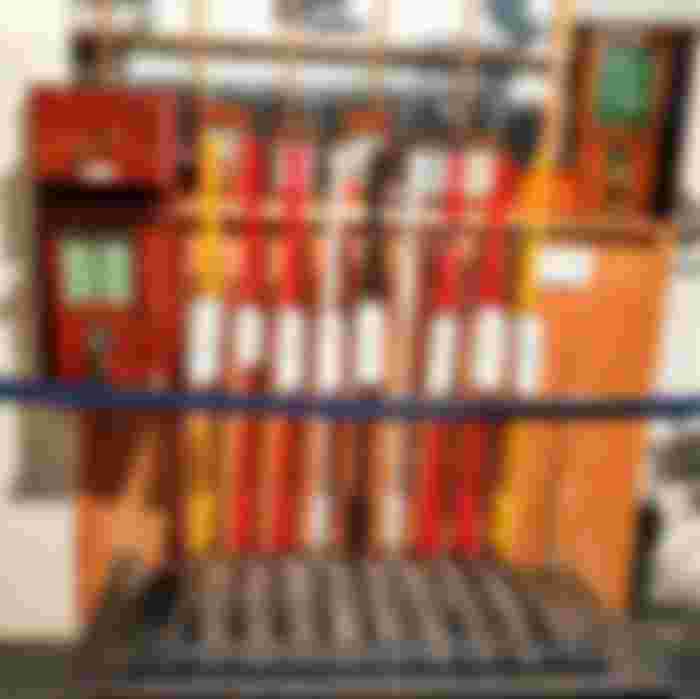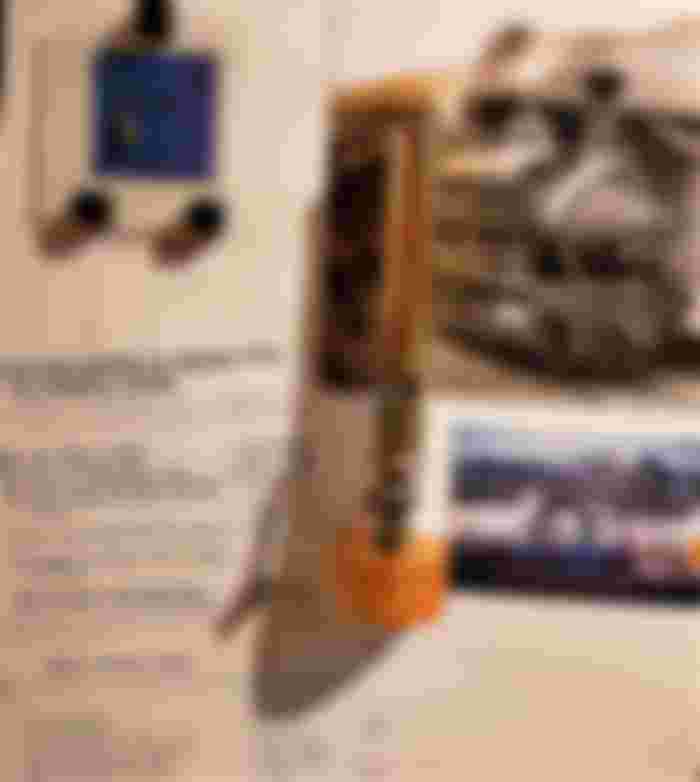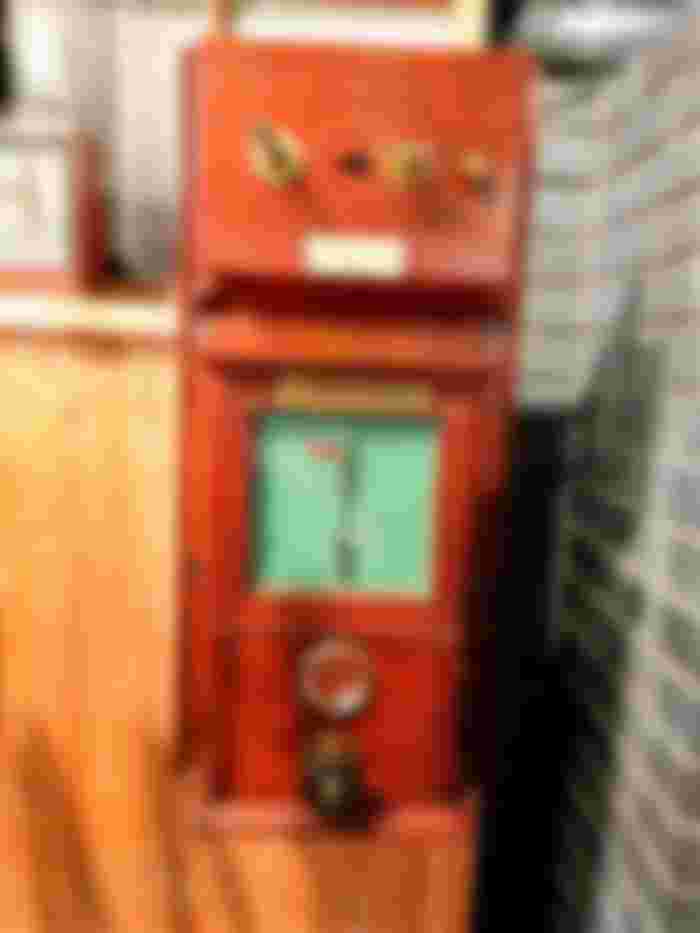Before railways, necessities such as turf or corn were carried short distances overland by people or pack animals. By 1750, canals were built to carry heavy goods such as coal from the mine to the factory and to distribute imports which were brought to the dock in sailing ships. People had to travel on foot or in stagecoaches. Railways made the movement of goods and passengers efficient.
Before steam engines arrived, the only form of power available for transport and industry were manpower, horsepower, wind power and water power. By 1750, steam engines using only coal as fuel had been developed. At first, they were used mainly to pump dangerous floodwaters from mines. By 1830, people found many uses for steam engines in industry and transport. The railways were one of these.
The railways like most inventions combined old ideas in a new way. The old ideas were the use of wheeled vehicles, the use of wagonways and the use of steam power. The use of steam power and the arrival of railways laid the foundation for the modern industrial world.
The World First Railways

Stockton and Darlington Railway opened on 27 September 1825 to carry coal to the port of Stockton-on-Tees. In the beginning, steam locomotives were used on only part of the line.

The Liverpool and Manchester Railway was the world's first modern railing. It was first to operate both passenger and goods services using steam locomotives. It was the first to have double track throughout and the first to operate passenger trains to a timetable.
Within about 50 years of the opening of the Stockholm & Darlington in 1825, railways were operating on every continent.

Railways Signals

Trains running on rails cannot pull out and overtake one another nor can they swerve to avoid a collision. To make sure only one train occupied a particular section or block of the track at anytime signalling systems were developed.

Early Signalling
At first, signalmen stood beside the track and gave by hand, flag signals by day and lamp signals by night. By the mid-19th century, simple mechanical signals had replaced hand signals on most lines, which were each manually operated by an attendant signalman displayed a bewildering assortment of flags, discs spheres, kites and semaphore arms.
Time Intervals
In the early days of railways trains using the same track were separated by intervals of time. When a train passed, the Signalman put his signal to 'Stop' for a specified period for example 3 minutes. After that, the signal was changed to 'All clear' and the following train allowed to proceed. Unfortunately, this system could not prevent the following train catching up with one in front and being unable to avoid crashing into the back of it.
Whistle Codes

Train drivers used the whistle to give a general warning to clear the track and announce the trains arrivals. There was also a whistle code so locomotive drivers could communicate with signalmen and other railway workers.
Electric Telegraph

The development of the electric telegraph in the early 1840s revolutionised the running of the railways. Information could now be sent along the wires between stations faster than the speed of light. For the first time stations could communicate instantaneously with each other. Although the Telegraph carried information on all aspects of the railway's operations its greatest impact was on controlling the movement of trains what became known as "block signalling". The intervals of time between trains were changed to intervals of distance. No train was allowed to depart until a telegraph message was received that the preceding train had arrived and the line was clear.
How the Telegraph Works

Single needle Telegraph instrument to send a message to the next station. The Telegraph operator moved the handle beneath the shelf from side to side. These handle movements completed and broke the electrical circuit in a sequence which was reproduced by the receiving instrument. By using a variation of the Morse Alphabet with a needle movement to the left being the same as a dot and one to the right being the same as a dash messages could be sent and received. To the same line, lengthy routine messages were reduced to a single code word.
Railway Accident

The most serious accident on Irish railway took place on Wednesday 12th of June 1889 near Hamiltonsbawn Co. Armagh. An overloaded excursion train from Armagh to Warrenpoint was unable to climb a gradient.
The train was divided to allow the locomotive to take it over the hill in two runs.
Before this could be completed the rear carriages began to roll back down the gradient and crashed into the following train. Eighty people, many of them children were killed and four hundred injured.
It was at the time the worst railway accident in Britain and Ireland and led to new legislation. The Regulation of Railways Act of 1889, imposing new safety practices.
The accident led to the Regulation of Railways Act of 1889 which became law less than 3 months after the Armagh disaster.
Sales Kiosk Style

Portrush Station
Some companies were aware of the power of marketing. They developed a distinctive style, not only for the trains but for the whole railway scene including architecture. This sales kiosk is a perfect example.
The Belfast & Northern Countries Railway (BNCR) run trains from Belfast to the popular Antrim coast. By the 1890s there was so much holiday and excursion traffic that the company upgraded the line with new services and larger stations including Portrush.


Berkeley Dean Wise a brilliant civil engineer was the BNCR's chief engineer. He managed the whole renewal -new track, signalling, bridges and stations. His famous work is Portrush station for which he also designed this kiosk in the same style - a flamboyant mix of Swiss Cottage, Old English and Tudor half-timbering. As well as selling newspapers postcards and souvenirs. The kiosk was the ticket office for trams to the Giants Causeway. Indeed, the BNCR with Wise as designer developed tourist facilities at many places on the Antrim coast and Glens.
Thank you for reading.

Check out my other Articles
Rail Gallery at Ulster Transport Museum
The Crafty Fox Shop in Killinchy, Northern Ireland
Big Buddha Hill in Pattaya, Thailand
Scuba Diving for Non-Swimmers, Is it Safe?
Mahee Castle in County Down, Northern Ireland
Tullynakill Church in Comber, Northern Ireland
A Tour Inside the European Highlander
Riad Dar Nawfal at Salé, Morocco
10 Must-Try Family Friendly Experience in Oludeniz, Turkey
Tyn-Y-Mur Caravan and Camping Site in Abersoch, Wales
Abersoch, Wales and the Mishap
La Paz Sand Dunes Adventure in Laoag
My Unforgettable Trip in Morocco
Baluarte Zoo and Safari Gallery in Vigan
Jeep Safari Adventure in Turkey- Part 2
Jeep Safari Adventure in Fethiye
My First Scuba Diving Experience in Fethiye
Staying at the Garcia Resort and Spa in Oludeniz, Turkey
12 Island Boat Trip in Fethiye
Airport Transfer Service in Turkey that You Can Book Online
The Best Turkish Bath Experience in Hisaronu













I always feel sad whenever i see or hear an accident. We had a bus accident in our area few years back which took many lives of foreigners and Filipinos as well because of loose break. They fall into a ravine until they landed on a ricefield.